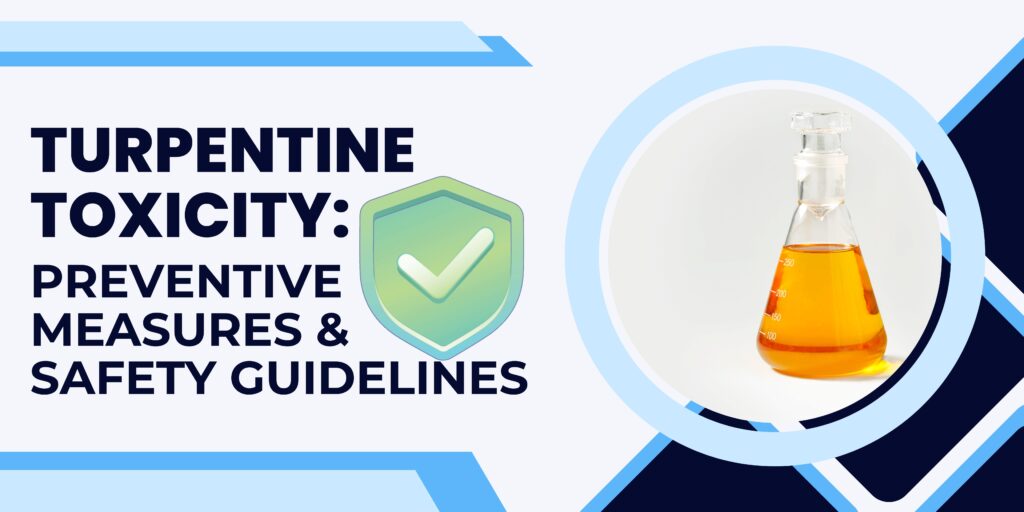
Turpentine, a natural resin derived from various pine trees, has been used for centuries in various industrial, artistic, and medicinal applications. However, despite its versatility, turpentine exposure can pose significant health risks if proper safety precautions are not followed. This article aims to shed light on preventive measures and safety guidelines to minimize turpentine toxicity and protect workers and users from potential hazards.
Understanding Turpentine Toxicity
Turpentine primarily contains volatile organic compounds (VOCs) such as alpha-pinene and beta-pinene, which contribute to its strong odor and solvency properties. These VOCs can be harmful when inhaled, ingested, or absorbed through the skin. Turpentine toxicity can lead to various health issues, ranging from mild irritation to severe respiratory, neurological, and hepatic complications.
Identifying Potential Exposure Routes
To effectively mitigate the risk of turpentine toxicity, it is crucial to recognize the various exposure routes. Occupational settings, such as construction, painting, and furniture manufacturing, pose significant risks due to the increased potential for inhalation and dermal contact. Additionally, improper handling and storage of turpentine-containing products in households or artistic studios can also lead to accidental exposures.Implementing Personal Protective Equipment (PPE)
One of the key preventive measures in workplaces or environments where turpentine is used is the use of Personal Protective Equipment (PPE). Employees and users must wear appropriate protective gear, including respirators, gloves, and safety goggles, to minimize direct contact with turpentine and inhalation of its vapors.
Adequate Ventilation
Proper ventilation is essential to reduce the concentration of turpentine vapors in enclosed spaces. In workplaces, industrial exhaust systems and local ventilation can effectively disperse toxic fumes, preventing their accumulation in the breathing zone.
Safe Handling and Storage
Proper handling and storage of turpentine-containing products are critical to avoid spills and minimize exposure risks. Containers should be tightly sealed when not in use, and any spills should be promptly cleaned up following established protocols to prevent further dispersion. Read our gum turpentine MSDS (material safety data sheet) to learn more on proper handling, storage and disposal of the product.
Training and Education
Training employees and users about the potential hazards of turpentine and the importance of safety measures can significantly contribute to reducing toxicity risks. This education should encompass proper handling, storage, and disposal practices, as well as the recognition of early symptoms of exposure.
Regular Health Monitoring
In workplaces where turpentine exposure is frequent, implementing a regular health monitoring program can help identify early signs of toxicity and provide timely medical intervention. This can be particularly beneficial for employees who might have prolonged and repeated exposure to the substance.
Emergency Response Planning
In case of accidental exposure or spills, having a well-defined emergency response plan is essential. Workers and users should be aware of the appropriate steps to take in case of a turpentine-related emergency, including immediate medical attention if required.
Conclusion
Turpentine is a valuable substance with a wide range of applications, but it comes with inherent risks if not handled properly. Preventive measures and safety guidelines play a crucial role in minimizing turpentine toxicity and safeguarding the health and well-being of individuals in various settings. By raising awareness and implementing these safety measures, we can enjoy the benefits of turpentine while reducing potential health hazards.




